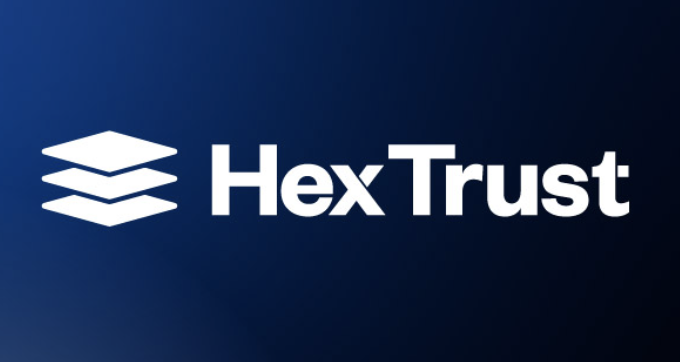Banking On Southeast Asia’s E-Commerce Future
TECHCRUNCH: China’s e-commerce, m-commerce and payments lead the world. It is the largest e-commerce market (KPMG), and is home to Alibaba, with its US$25 billion IPO, the largest in history. Alipay, China’s answer to PayPal, is the world’s largest online payment service.
Tencent, the fifth-largest internet company after Google, Amazon, Alibaba, and eBay, has the largest online-to-offline e-commerce platform. Tencent also owns popular messaging app WeChat (aka Wexin), with 468 million users, linking social tools and online payments with TenPay and WeChat Payment.
But China is, well, China. A less appreciated Asian story is Southeast Asia where approximately 70 percent of residents do not have access to traditional banking services (McKinsey), with card penetration in some markets below 5 percent. Cash remains the primary means of settlement for online transactions, braking any significant momentum the region’s e-commerce landscape could potentially build. And that is the great challenge and the greater opportunity. With 620 million people, a 400 million-strong middle class by 2020 (Nielsen), 688 million mobile devices, nearly 200 million Internet users and a GDP over US$2.4 trillion, the region’s star is rising fast.
The rise and rise of Southeast Asia
McKinsey has identified three powerful trends fuelling this rise – rapid economic growth, urbanization and technology adoption (notably Internet penetration and mobile technologies). Together these are transforming the region, its people and its economies, with e-commerce and m-commerce leading the way.
And there is plenty to fight over. The B2C e-commerce compound annual growth rate (CAGR) of Indonesia, Malaysia, Philippines, Singapore, Thailand and Vietnam has been projected at 37.6 percent from 2013 to 2018, growing from US$7 billion to US$34.5 billion (Frost & Sullivan).
Southeast Asia is already drawing global e-commerce players, including Germany’s Rocket Internet, with investments in online marketplace Lazada and online fashion retailer Zalora. Japan’s e-commerce giant Rakuten is expanding in the region, with a 67 percent stake in Thai marketplace Tarad.com, and outposts in Indonesia, Malaysia and Singapore. They are among a burgeoning list of foreign companies that compete with local players such as online marketplaces Kaskus and OLX in Indonesia, which recently merged with competitor Berniaga; Tarad in Thailand; and in Singapore, Reebonz, Luxola and Korean-based Qoo10.
Indonesia is the region’s China, so to speak. With a population of some 250 million, it posted a world-leading 71 percent YoY growth in B2C e-commerce in 2014, ahead of China’s 65 percent (eMarketer). With a projection of 102.8 million online users in 2016, Indonesia is, by far, the biggest market in the region, and is expected to generate 40 percent of regional B2C e-commerce revenues by 2018, estimates Frost & Sullivan.
In Singapore, the most advanced in economic development, urbanization and technology adoption, the domestic US$3 billion e-commerce and US$1.2 billion m-commerce market (PayPal) is a sign of the region’s opportunity.
Market entry
So how do global entrants penetrate Southeast Asia? Enter local financial services companies, often startups and small-medium sized businesses.
With their in-market expertise, political and business networks and no local language barriers to contend with, they have traditionally provided the integrated innovations requisite to overcome deficiencies in a region underserved by traditional banking. Perhaps, most importantly, they are the means for large e-commerce players to enter SEA, tapping on the market’s potential.
Market entry is then pursued through these local entities via direct investment and acquisition, making the region one to watch for M&A activities.
Direct investment
Indonesian marketplace Tokopedia raised US$100 million from Japanese investment firm SoftBank Corp and America’s Sequoia Capital. Sequoia has also recently led a US$6 million funding round in Singaporean mobile market place Carousell.
Australia’s Catcha Group has pledged between US$50-100 million investment in Southeast Asian startups, with e-commerce and mobile being two of three investment areas they are traditionally strong in. And Japan’s Rakuten launched a US$10 million fund in SEA to strategically invest in companies to support their e-commerce ventures.
Acquisition
With US$249 million, China’s Alibaba purchased 10.35 percent of Singaporean logistics company SingPost, setting up its local outpost. With this, Alibaba expects to grow the business of AliExpress and Tmall Global, the international versions of Taobao and Tmall in Southeast Asia. Meanwhile, Germany’s Wirecard has acquired the assets of Singapore-based Visa Processing Services to tap on the region’s growing prepaid card market.
PayPal acquired Braintree Payments and expanded to Singapore and Malaysia in March 2015, seeing an opportunity in Southeast Asia’s imminent e-commerce boom. Philippines Long Distance Telephone Company (PLDT) has acquired a 10 percent strategic stake in Rocket Internet for US$445 million, tapping on the e-commerce giant’s regional presence to develop online and mobile payment products. And Rakuten has acquired a 67 percent stake in Thai marketplace Tarad.com for US$43.4 million.
The pace of payment innovation in Southeast Asia is certain to accelerate. And more and rising investments are expected over the next few months, developing the region’s e-commerce.





